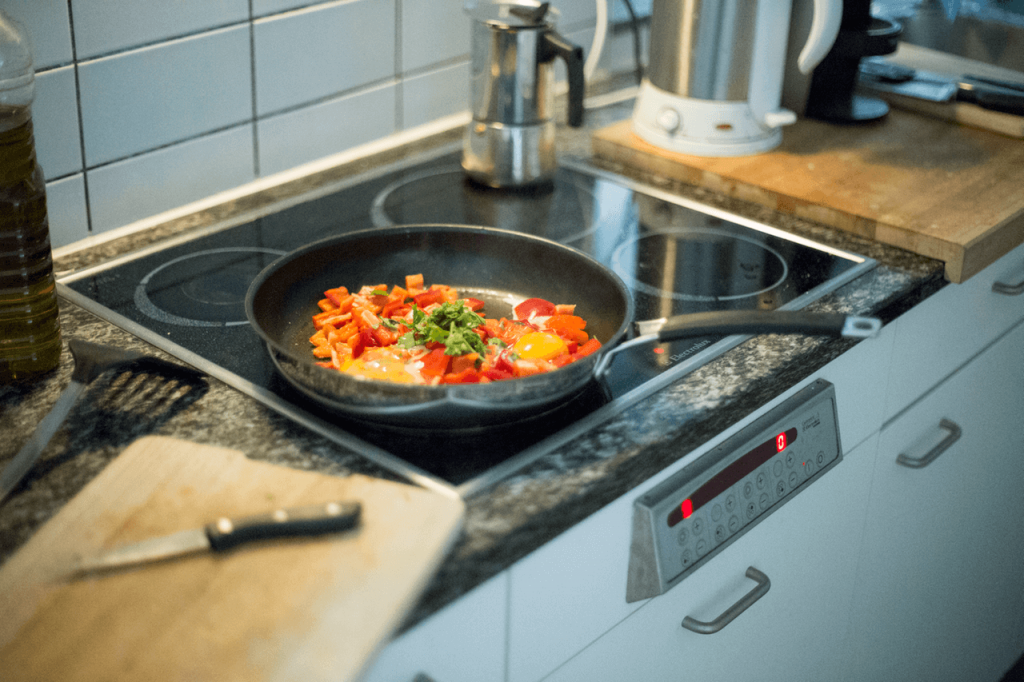Which is cheaper, cooking at home or dining out?
People have discussed this topic for so long and extensively that everyone now knows the answer: Cooking meals at home lets you save more than eating out.
The above is a pro tip from frugal living advocates. Revenue Loop will, however, concede to some exceptions. We’ll discuss this further later in this article.
The Economies of Scale
Cooking your meals at home allows you to enjoy economies of scale. You get to buy enough ingredients not just for one dish, but for a week’s worth of meals. If you’re a responsible grocery shopper who doesn’t fill the cart with junk food, there’s a good chance that what you spend for one home-cooked meal is cheaper than what you usually order at your favorite restaurant or diner.
To put things into context, suppose your average bill per meal is $10. This is a conservative estimate that includes upsizes and add-ons. At 30 days a month, that puts your total food expenses at $300.
Grocery shopping, on the other hand, can cost around $160-190 per month if you’re smart about your brand choices. This USDA estimate factors in prices for basic fare like grains, fruits, fruits, vegetables, dairy and poultry products, and meats.(Note: For convenience, we’re using prices and cost estimates for a single adult.)
It’s even possible to try and replicate restaurant meals at home and still save a few dollars. A correspondent at the Boston Globe replicated a rib-eye steak dinner for two at the Outback Steakhouse (which included soup and a salad) and spent $45.86 on the ingredients. The same meal costs $47.68 at the restaurant. The margin may be narrow, but the correspondent points out that due to economies of scale, her savings amount to more.
She didn’t consume all the ingredients for the soup, and yet what she made was equivalent to four servings at Outback Steakhouse. She also had enough greens left for a week’s worth of salads. With these in the equation, cooking at home was cheaper than eating at the restaurant.
When Is Eating Out Cheaper?
The high demand for affordable meals encourages food establishments to whip up $1 menus or meal combos at around $5 or less. This trend is giving home-cooked meals a run for their money.
 Consider the following famous food chains:
Consider the following famous food chains:
- Subway – Despite generous servings of ingredients, its sandwiches remain affordable. A 6-inch sandwich starts at $3.75 while a Footlong sandwich starts at $5.50.
- Taco Bell –Its chunky burritos are at $4 at most, and their meal combos offer drinks, tacos, and burritos for $7 max.
- McDonald’s – The fast-food chain joined the dollar-menu bandwagon and came up with burgers worth $1, $2, and $3. A Quarter Pounder meal is around $5.79, and its burgers and wraps range from $3.99-6.69.
Local diners, food courts, and food trucks can also match these prices, but the range depends on the location and kind of food they serve.
Eating out is more affordable if your weekly groceries cost$80 ($11 per meal) when you can eat a Footlong Subway for breakfast and lunch ($5.50 for two meals).
Cooking at Home Wins. But…
Cooking at home wins by a large margin, especially since grocery stores and discount supermarkets like Aldi, Trader Joe’s, Sprouts, Fresh Thyme, and Costco sell fresh meats, produce, and other food items at low prices. Although some food chains offer affordable options, eating the same fare everyday can get old fast. You’ll probably order the pricier items on the menu just to break the monotony.
In my opinion, it all boils down to your eating habits and preferences. You’ll spend a lot at restaurants if you choose the pricier items on the menu or order extra side dishes, after all. Similarly, your weekly groceries can easily skyrocket if you buy expensive food items and brands.
Here’s my advice: Cook 95% of your meals at home. Only eat out during the weekends or on special occasions but set a budget, so you don’t offset your grocery savings. This way, you can save from a combination of grocery shopping and fast-food budget meals.

